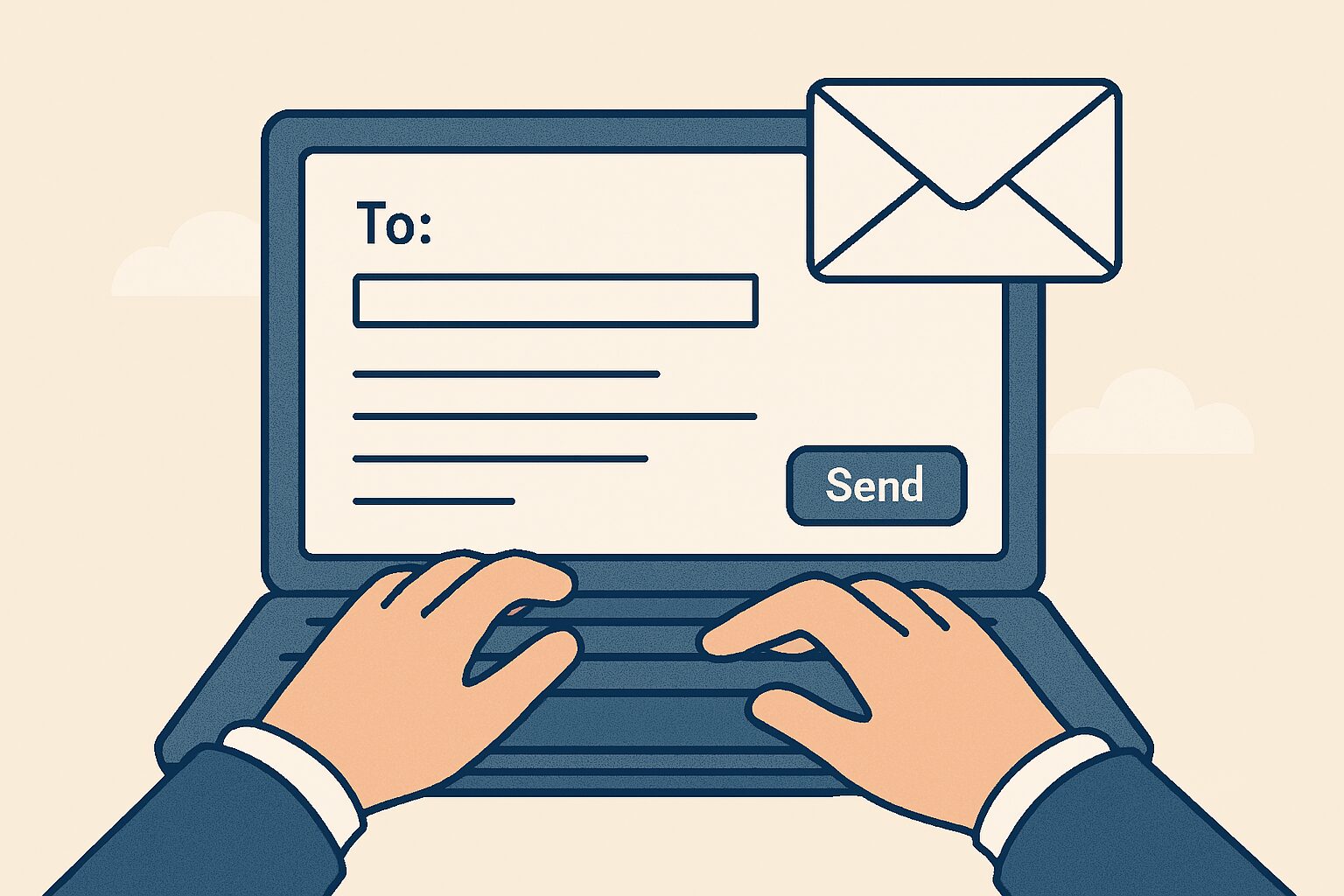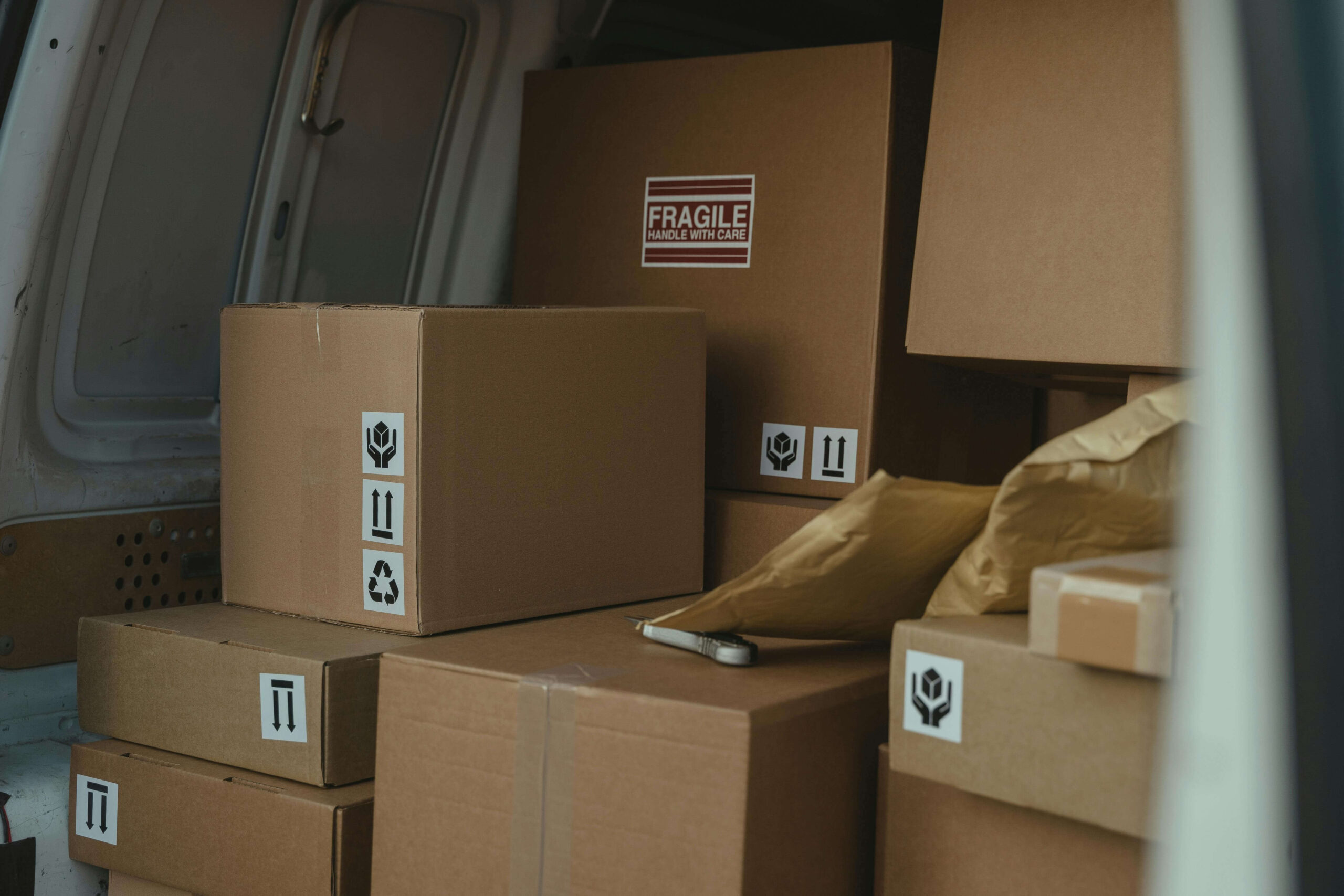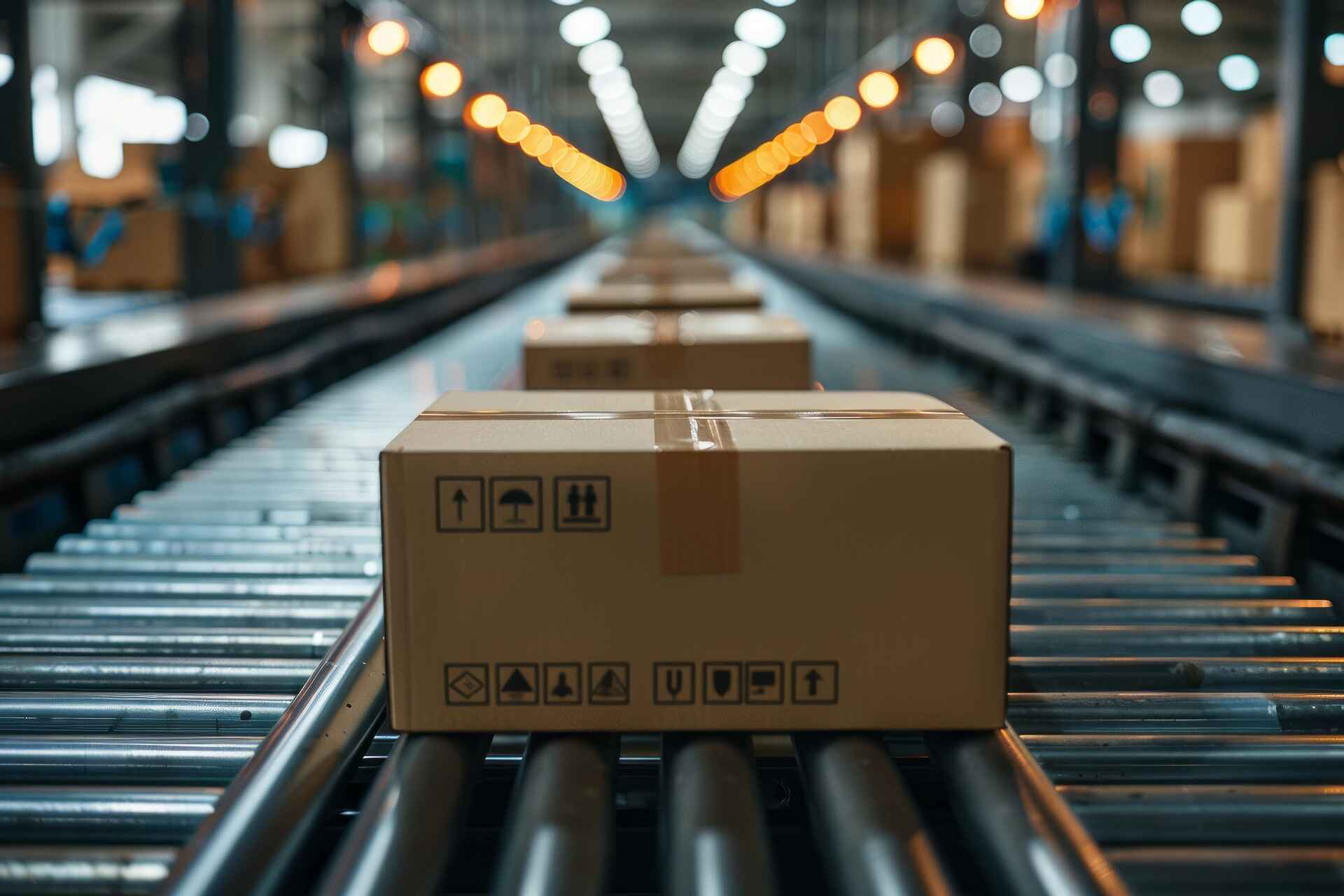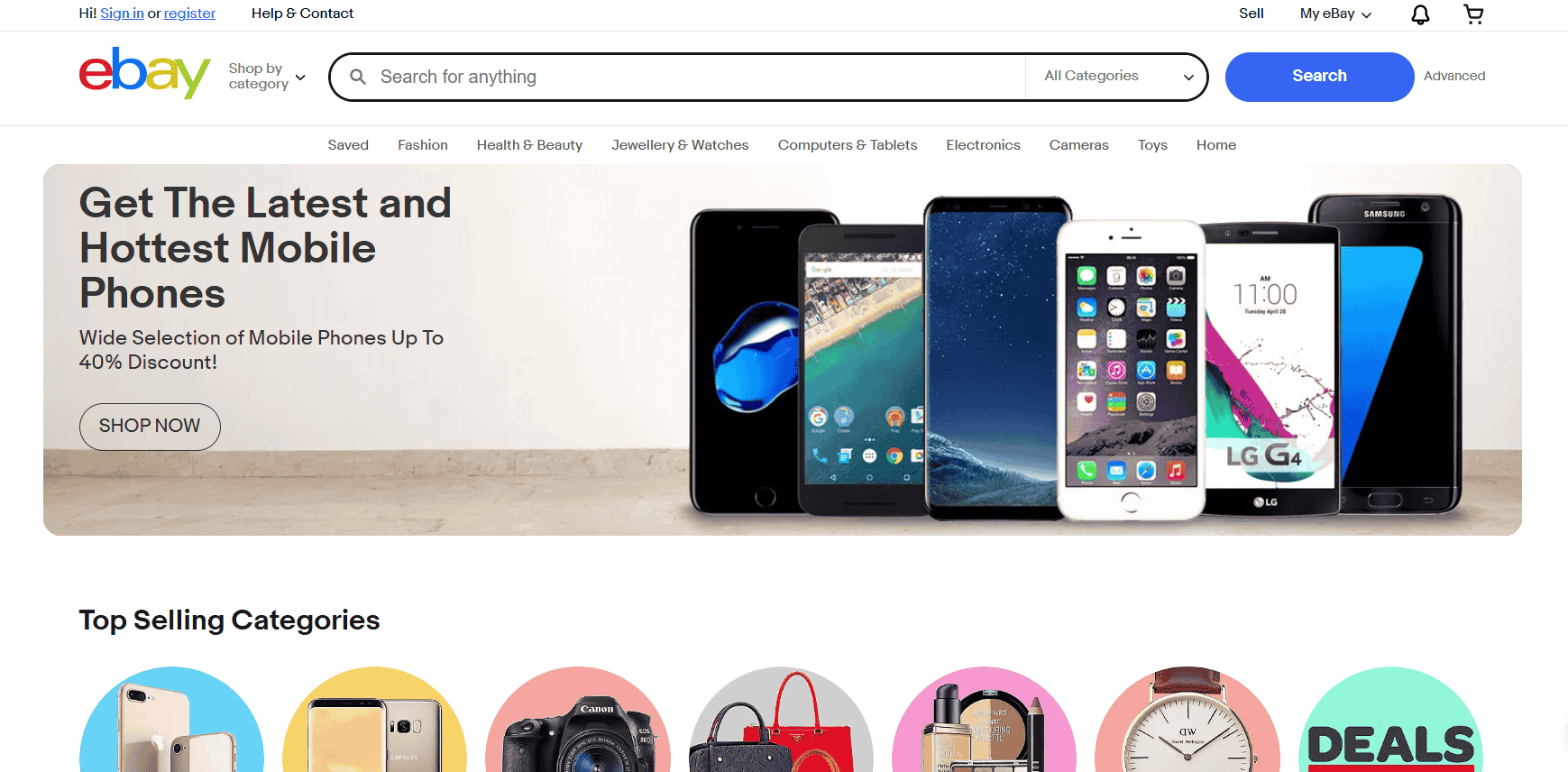If there’s one thing I’ve learned after years of exploring and testing different business models, it’s that in dropshipping, finding the right supplier is everything. It’s not one of those things you figure out after you launch. It’s not even something you can overlook because the product is “trending.”
Your supplier is the one packing and shipping your orders, handling your customer’s first impression, and—if you’re not careful—sending that “premium” product in a wrinkled bag straight from a dusty warehouse in who-knows-where. If they mess up, your brand gets blamed. Not them.
Let me give you a real example. Say you’re selling sunglasses. Your supplier decides to ship them in a flimsy envelope with no bubble wrap or padding. What do you think happens next? The items arrive scratched or broken, your customer leaves a one-star review, and you’re the one issuing refunds and apologizing, not your supplier.
-
Finding the right dropshipping supplier is just as important as choosing the right product.
-
The best suppliers aren’t always the most visible—sometimes they’re hidden behind outdated websites or lesser-known platforms.
-
Testing your supplier before scaling is crucial to avoid product issues, delays, and refund nightmares.
-
Building a strong relationship with your supplier can lead to better pricing, faster fulfillment, and priority support.
-
Real success in dropshipping comes from digging deeper, asking smart questions, and treating your supplier like a true business partner.
In this post, I’m going to show you how to find dropshipping suppliers that are reliable, fast, and actually want your business to grow.
No fluff, no outdated advice. Just real strategies and pro-level hacks I’ve picked up over the years—some from personal trial and error, and others from quietly listening to what successful seven-figure sellers do behind the scenes.
What Makes a Good Dropshipping Supplier?
You’re not just looking for someone who carries the product you want to sell. You’re looking for a business partner. And not just any partner. You want someone who’s dependable, responsive, and makes your life easier, not harder.
Working with the wrong supplier feels like babysitting a toddler with scissors. One minute everything looks fine on the surface, and the next, orders are delayed, products are out of stock, customer emails are piling up, and you’re stuck putting out fires instead of growing your store.
A good dropshipping supplier will check all the right boxes:
- Ships orders quickly and reliably (not weeks later from some mystery warehouse)
- Offers real-time inventory updates so you’re not selling out-of-stock items
- Communicates clearly and professionally—ideally within 24 hours
- Integrates smoothly with your platform, whether it’s Shopify, WooCommerce, or something else
- Maintains consistent product quality and has fair, realistic return policies
If a supplier dodges your questions about returns or refuses to send a sample, WALK AWAY. I don’t care how tempting their catalog looks. A solid supplier wants you to test their product. They know a strong partnership starts with trust, not guesswork.
Look at it this way: a supplier who’s proud of what they’re offering will never hesitate to let you try it out.
Main Ways to Find Dropshipping Suppliers
There are tons of guides out there promising to show you how to find dropshipping suppliers, but most of them just skim the surface. They repeat the same generic advice: “Use AliExpress,” “Sign up on SaleHoo,” “Search Google.”
Cool, but what they don’t tell you is what actually works after you’ve wasted a month chasing dead leads, dealing with ghosted emails, or receiving a sample that looks nothing like the product photos.
If you want real, trustworthy suppliers who won’t flake on your customers when it matters most, you’ve got to dig deeper. Like, “get-your-hands-dirty” deeper.
The good news is I’ve already done the digging. I’ve made the mistakes, learned the hard lessons, and figured out what actually works. All you have to do is follow this guide, and you’ll be way ahead of the curve.
Use a Supplier Directory
Directories like SaleHoo, Doba, Worldwide Brands, and Spocket are a good starting point, especially if you’re brand new and nervous about getting scammed. These platforms do some of the vetting for you, which helps filter out the low-quality or fake suppliers.
But don’t just assume a polished profile equals a trustworthy supplier. Some of the best suppliers I’ve worked with had clunky listings and bad logos, but their service? Flawless.
That’s why I always run their name through Reddit, niche Facebook groups, or even Trustpilot. That’s where you’ll hear the unfiltered truth from people who’ve already taken the risk for you.
Think of it like dating: the most professional profile might be all looks and no substance. The hidden gem might just have typos in their bio, but send roses on the first date.
Use Dropshipping Marketplaces or Apps
Platforms like AliExpress, CJ Dropshipping, Zendrop, and DSers make it easy to connect your store and start selling fast. They offer product syncing, fulfillment automation, and easy order tracking. Great tools if you know how to use them wisely.
Here’s the trap: a lot of beginners think high order volume means a supplier is “good.” But just because someone has 20,000 orders doesn’t mean they’re reliable. It just means a lot of people might have suffered before you.

When using AliExpress, I always filter by sellers who have been around for at least two years and carry the “Top Brand” badge. That badge isn’t just for show. It’s given to suppliers with strong fulfillment records and reliable feedback.
Also, don’t sleep on CJ Dropshipping. They offer branding options, better logistics, and US warehouses, which can dramatically shorten shipping times.
In one of my early stores, I switched from AliExpress to CJ and saw complaints about slow delivery drop by almost 80%. That alone saved me from drowning in refund requests.
Contact Manufacturers Directly
Most people overlook this strategy because it takes a bit more effort, but this is where you separate yourself from 90% of other dropshippers.
Some manufacturers are open to dropshipping if you approach them professionally. This means fewer middlemen, better margins, and in many cases, the opportunity to create exclusive or private-label deals. If you’re selling a niche product, this can totally turn things around.
Instead of filling out the generic “Contact Us” form, I go straight to LinkedIn and look for a sales rep or business development contact. That personal touch makes a difference.
More than once, I’ve landed better pricing or priority shipping just by having a quick call and showing them I was serious about building a long-term business, not just flipping a trend.
Attend Trade Shows (Yes, Even Virtual Ones)
I know what you’re thinking: “Trade shows? That’s for big brands, right?” Not anymore. Trade shows like Canton Fair or ASD Market Week are great places to start, even if you never leave your couch.
Thanks to virtual booths, video demos, and live chats, you can connect with real factories and vendors without flying across the globe.
I once joined a virtual Canton Fair out of curiosity and ended up finding a supplier who had zero online presence. No website, no AliExpress store, nothing. But their product quality? Insane.
I still use them today for my private-label kitchen tools. That’s the kind of stuff you’ll never discover just scrolling through popular apps.
Google Smarter
Most real suppliers don’t rank on page one of Google. They’re not SEO experts. They’re manufacturers. Their websites usually look like they were built in 2005, and they’re not trying to impress anyone with slick branding.
On the other hand, the flashy guys with perfect websites and all the bells and whistles? They’re usually middlemen or dropshipping aggregators just trying to squeeze a margin off your success.
And that’s why you have to dig deeper. Page one is where the marketing pros live. Page three and beyond? That’s where the gold is buried.
That’s where you’ll find small-scale but legitimate operations who focus more on product quality and shipping consistency than on keyword rankings and paid ads.
To outsmart the crowd, go beyond the surface-level searches. Use very specific Google search phrases like:
- “ceramic mug + dropshipping supplier”
- “leather wallet + wholesaler + USA warehouse”
- “organic skincare + private label dropshipping”
Once something promising pops up, click around. Dig into their About page, see if they’ve ever mentioned trade show appearances, and read their blog posts if they have any (no matter how outdated they seem). You’d be amazed at what you can uncover in just one article you almost skipped.
In fact, that’s how I found one of my client’s favorite suppliers. I stumbled across an old blog post from a handmade jewelry supplier on page three of Google. Nothing fancy, just a small write-up about their sourcing process.
That post led to a real conversation, a sample order, and eventually a partnership. Today, they’re the quiet engine behind a small Etsy store my client runs on the side.
So yeah—Google smarter, not louder.
Red Flags to Watch Out For
Not every supplier that says “dropshipping” deserves a spot on your shortlist. Just because they throw the word around doesn’t mean they’re set up to handle the demands of a real business.
I’ve come across plenty of suppliers who looked decent on paper, only to turn into a customer service nightmare once orders started rolling in.
Here are a few major red flags you’ll want to watch for:
- Charge recurring monthly fees to access their catalog (unless it’s a vetted marketplace like SaleHoo or Spocket)
- Use poor English or take forever to reply to messages
- Provide only stock images instead of real product photos
- Refuse to offer a sample order so you can check quality for yourself
In my early days, I ignored some of these signs and paid for it. One supplier looked polished and even had a slick Shopify integration. But the product they shipped arrived late and looked nothing like the listing photos. I had to issue 17 refunds in two weeks, and my customer reviews took a major hit.

Here’s a simple trick to vet them upfront: send a message pretending to be a confused customer. Ask a basic question about shipping or returns and see how they respond. If they take more than a day, copy-paste a vague reply, or seem annoyed, take it as a sign.
Because if they treat you like that before money is even involved, just imagine how they’ll treat your actual customers when things go wrong.
Finding trusted dropshipping suppliers is about making sure they’ll have your back when it matters most.
Questions You Should Always Ask Before Committing
Finding a supplier is one thing. Committing to one is another. That decision can either save your sanity or drain your bank account.
Before you even think about adding a supplier’s product to your store, you need to ask the right questions. Not just to check boxes, but to uncover red flags before they turn into customer complaints and refund requests.
These questions serve as standard protocol and early warning system. If a supplier hesitates, gives vague answers, or flat-out refuses to respond clearly, that’s your cue to walk away.
- Do you offer blind dropshipping? (No logos or invoices included)
If they include their branding in your customer’s order, it instantly breaks trust and ruins the customer experience. Your business, your packaging. Always. - What’s your average fulfillment time?
Fast shipping isn’t a bonus. It’s expected. It’s the bare minimum in ecommerce. The difference between 3-day fulfillment and 10-day fulfillment is the difference between glowing reviews and angry chargebacks. - Do you provide tracking numbers?
If they don’t, that’s a huge red flag. Customers want to track their orders. You want to avoid “Where’s my package?” emails at 2 a.m. - How often do you update stock levels?
You don’t want to be the one telling a customer their order is canceled because it was out of stock, and you didn’t know. A reliable supplier should sync inventory updates daily, if not in real time. - What are your return and refund policies?
This one’s huge. If the policy is vague or non-existent, you’ll be footing the bill every time something goes wrong. And trust me, something will go wrong eventually.
Another trick I’ve used more than once is asking them for their return address. If they dance around the question or give you a random P.O. box in a different country, chances are they’re not the actual supplier. They’re just a middleman. And you want the source, not someone two layers removed who can’t control quality or timelines.
Remember, you’re not being nosy. You’re being smart. You’re vetting a business partner. And any supplier worth working with will respect that.
Testing Your Supplier Before You Scale
Before you start running ads or pouring traffic into a new product, test the supplier. Seriously, don’t skip this step. It’s tempting to jump straight into launch mode when you’re excited about a product, but rushing this part can cost you more than just a few bad reviews. It can wreck your customer trust before you’ve even built any.
Start by ordering a few units to yourself. But don’t stop there. Send them to friends in different regions, too. This gives you a clearer picture of their actual delivery speed, how well the items are packaged, and whether the product even remotely resembles the photos in the listing. You want to catch any red flags before real customers do.
Now, here’s a trick I always use—I throw in a small curveball. I add a custom gift note like, “Happy Birthday Amy!” or “Congrats on your new home!” It might seem silly, but it’s a simple way to test how much attention to detail the supplier really has. If they include the note and get it right, I know they’re paying attention. If they skip it or mess it up, well… that tells me everything I need to know.
That one detail has saved me more than once from trusting the wrong supplier. Because if they can’t handle a basic note, how are they going to handle 500+ orders during Black Friday?
This part of the process isn’t glamorous, but it’s non-negotiable. Before you scale, your supplier has to prove they’re up to the task.
How to Build a Relationship with Your Supplier
This isn’t a one-and-done deal. In fact, if you’re serious about building a sustainable dropshipping business, you need to start thinking of your supplier as a long-term business partner, not just a name in your backend dashboard. If your supplier knows you’re committed and professional, they’ll go the extra mile for you when it matters most.
Remember, your supplier is the one handling your fulfillment, your inventory, and sometimes even the packaging of your brand. That kind of responsibility deserves more than just automated order notifications.

So don’t be afraid to use Skype, WeChat, or even WhatsApp to build a real connection. These tools go beyond email and create a direct, human link that makes all the difference when things get busy or complicated.
Talk about your long-term plans. Let them know what you’re working toward, whether it’s scaling a new product line or transitioning to private labeling.
Once they see you’re in it for the long haul, they’ll often open doors you didn’t even know existed: faster fulfillment, branded packaging, inventory reservations, and even better shipping options.
I’ll give you a quick personal example. A while back, I sent a simple thank-you message to one of my Chinese suppliers during Chinese New Year, along with a small digital gift card. Nothing fancy, just a sincere gesture of appreciation. A few months later, that same supplier bumped me to the top of their priority list during Q4, when everyone else was fighting for shipping slots. That one small move paid off in a huge way.
Relationship-building in dropshipping isn’t optional. It’s a strategic advantage. And the earlier you start nurturing it, the smoother your growth will be.
Most people don’t fail at dropshipping because they chose the wrong product. They fail because they chose the wrong partner. Your supplier holds the steering wheel just as much as you do. If they stall, your entire business slows down. That’s why vetting and testing are a must.
And again, don’t be fooled by polished websites or flashy listings on the first page of Google. You have to dig, ask the right questions, and put in the legwork. Because once you find the right supplier, it’s not just a good business move. It’s the kind of decision that transforms everything.







